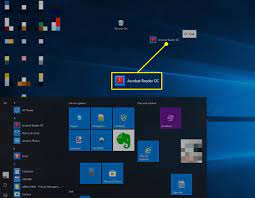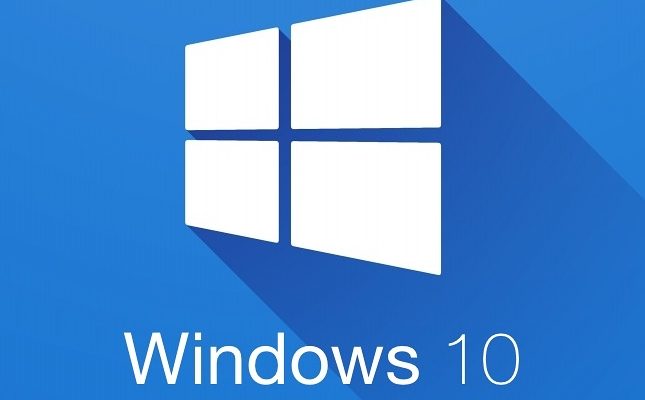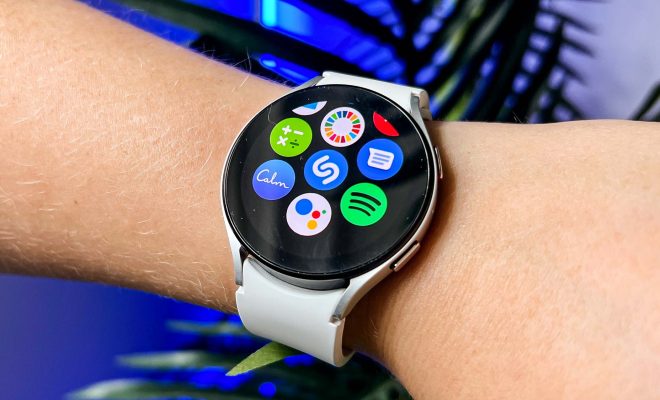How to Add Shortcuts to Windows 10 Desktops

If you’re using Windows 10 on a regular basis, odds are good that you’ve got your most-used programs pinned to your taskbar for easy access. However, what if you need to open a program or file that isn’t in your taskbar, and you don’t want to go digging for it in the Start menu every time you need it? The solution is simple: add a shortcut to your desktop.
Step 1: Find the Program or File You Want to Add to Your Desktop
The first step to adding a shortcut to your desktop is to find the program or file you want to add. This can be already installed software or a specific file that you use frequently, such as a Word document or an Excel sheet. Once you know what you want to add, locate it in your Windows 10 file explorer.
Step 2: Right-Click on the Program or File
Once you’ve found the program or file you want to add, right-click on it. This will open a menu of different options.
Step 3: Select “Create Shortcut”
In the menu, select “Create Shortcut.” This will create a new shortcut to the file or program.
Step 4: Drag the Shortcut to the Desktop
The new shortcut will be added to your file explorer under the original file or program. To get it onto your desktop, simply click and drag the shortcut onto your desktop. It’s that easy!
Step 5: Rename the Shortcut
By default, Windows will name the shortcut based on the name of the original file or program. While this is useful for identifying what the shortcut is for, it can be confusing if you have multiple shortcuts for programs with similar names. To rename the shortcut, right-click on it and select “Rename.” Give the shortcut a new name that’s easy to remember.
Step 6: Customize the Shortcut Icon
By default, shortcut icons will look like a miniature version of its program icon. If you want to customize the shortcut, right-click on it and select “Properties.” In the Properties window, select the “Shortcut” tab and then click on “Change Icon.” You can choose a new icon from the list provided or browse for one on your computer.
With these simple steps, you can add shortcuts to your desktop and make it easier to quickly access your favorite programs and files. Whether you want to be more productive or just have a more organized desktop, this is a skill every Windows 10 user should have in their toolkit.





